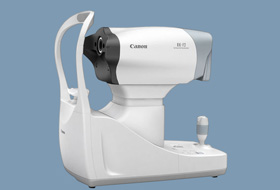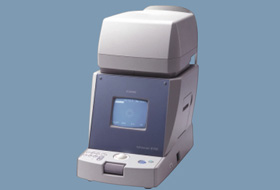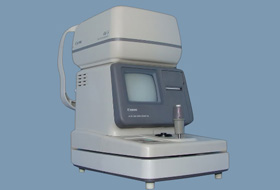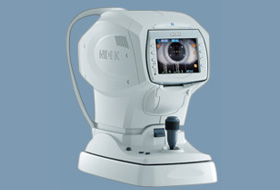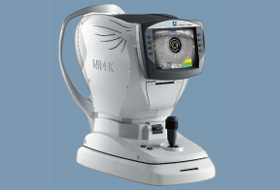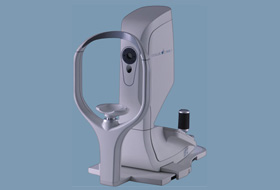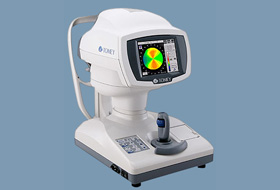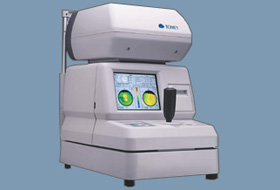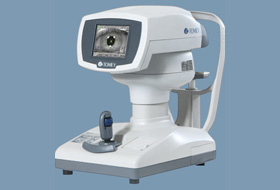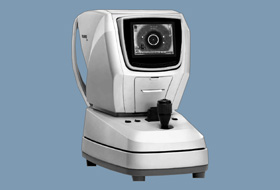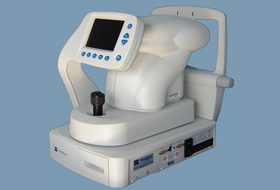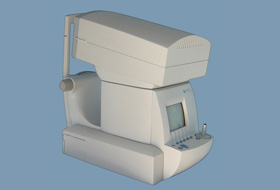Autorefractor keratometers are used to detect common vision problems that are caused by refractive errors, such as farsightedness (hyperopia) and nearsightedness (myopia). Cutting-edge autorefractors, like those listed below, are designed to measure the degree of refractive error in the eye. So, in addition to detecting hyperopia and myopia, they can be used to assess patients before and after refractive surgery, and they can help differentiate between corneal and lenticular aberrations.
How autorefractor keratometers work
With autorefractor keratometers, patients are seated in front of the device with their heads positioned on a chinrest. They’ll look into the machine and focus their vision on a designated fixation target. (One common target is the image of a hot air balloon floating over land). The autorefractor keratometer automatically aligns with one eye, takes a reading, and then moves to the other eye to take the same reading. From these readings, the refractive error is measured using spherical and cylindrical measurement ranges.
Benefits of autorefractor keratometers
Autorefractor keratometers combine the functionality of both autorefractors and keratometers, which separately provide different measurement ranges. They reduce the need to buy two pieces of premium equipment.
Additionally, autorefractor keratometers cut down the amount of time needed to evaluate patients. The exam is completed within minutes, and diagnostic data is delivered almost immediately.
The latest models are designed to get the most accurate readings in the most efficient way possible and feature enhancements like motorized chinrests, quick release brakes, and crisp displays. An autorefractor keratometer is essential for any ophthalmology practice.
Canon
Marco
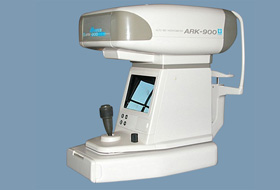
Marco ARK-900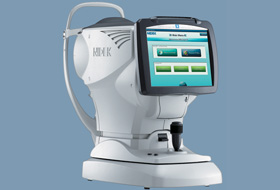
Marco OPD Scan III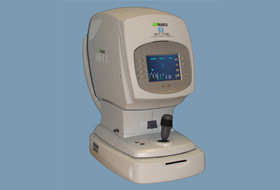
Marco M3 (RKT7700)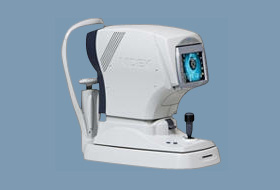
Marco ARK-560A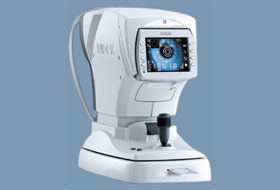
Marco ARK-530A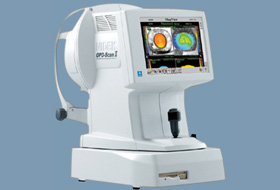
Marco OPD Scan II (ARK-10000)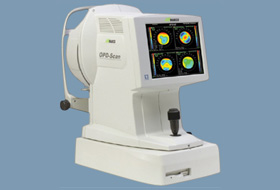
Marco OPD Scan (ARK-9000)
Nidek
Oculus
Tomey
Topcon
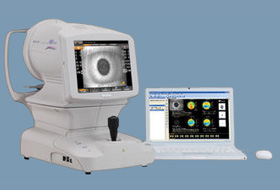
Topcon KR-1W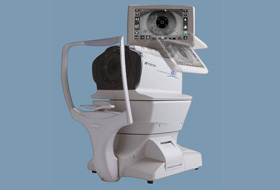
Topcon KR-1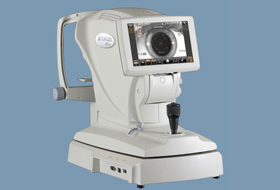
Topcon KR-800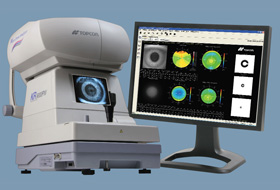
Topcon KR-9000PW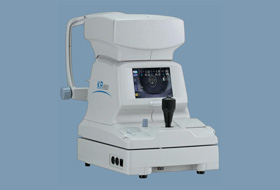
Topcon KR-8900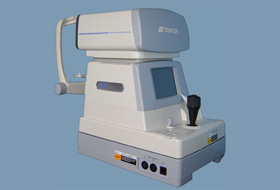
Topcon KR-8800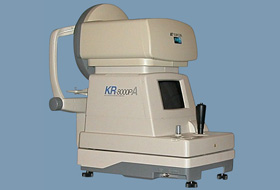
Topcon KR-8000PA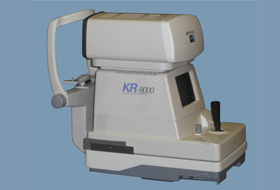
Topcon KR-8000


